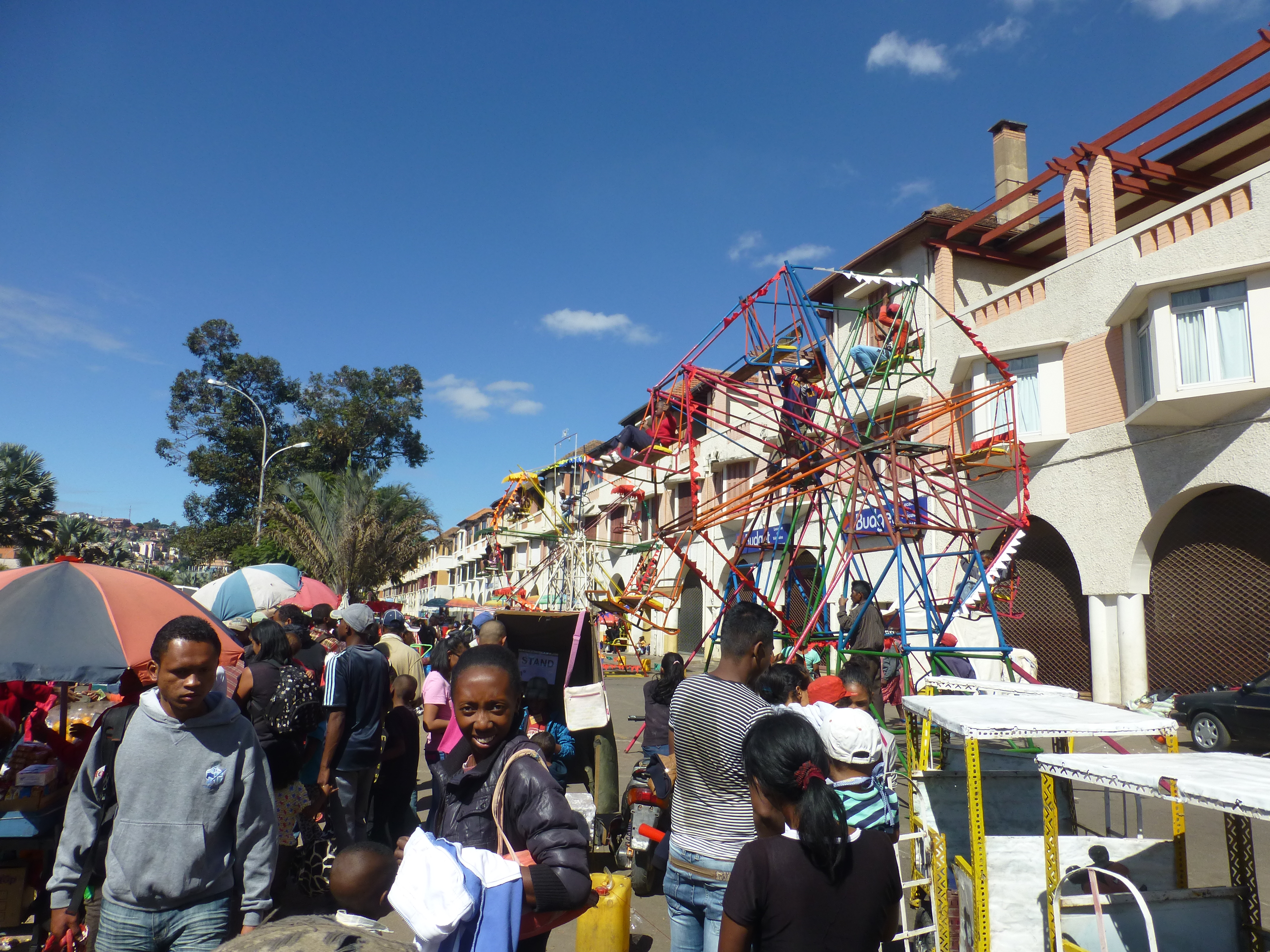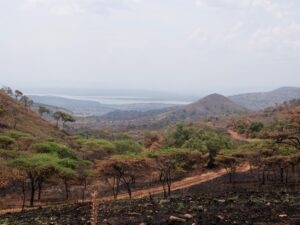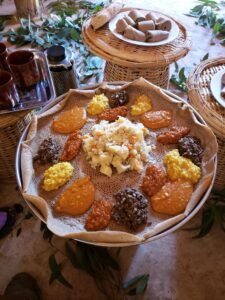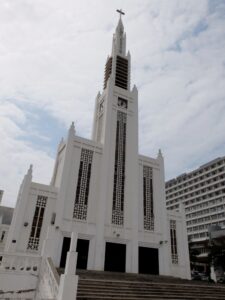
The capital of Madagascar, Antananarivo (or Tana, as it is locally known), occupies 12 sacred hills, even more than Rome. The hills are linked to the surrounding plains about 200 meters below and to each other with a complex network of staircases, stone walkways and occasionally roads.
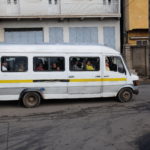
Climbing the hills is arduous, even on the roads. Our apartment was near the top of Ambatovinaky hill, whose steep pitch (could it really be 10%?) made even heading down to the town center a bit of a strain. Here, and elsewhere throughout the upper parts of town, the cars and vintage mini-buses known as taxi-brousses roar their engines to make the ascent.
It’s the reality of life here that those who live among the hills – old and young – climb and descend, descend and climb. It’s just what you do.

Sadly, both economically and practically, ascending the hills of economic progress has become even more difficult for the population since the mid-70s when a ruinous leadership messed up a moderately prospering country. In the decades since, efforts to reverse the harm of that period have run up against various political crises, especially since 2001. Since that debacle, years of economic stagnation and the collapse of tourists and investment have impoverished many, reducing incomes and opportunities.

So, over the years so much has fallen into disrepair in the city for lack of money. Once you’re atop the hills, staring across the landscape and down at the plains below, Tana looks quite charming, but can feel woeful and ramshackle as you walk its streets. The car traffic can be horrendous and smoky on the narrow streets. This reputation explains why most tourists stay for only a day or two before or after heading off to the amazing national parks for the natural and animal charms of the rest of the island.

We stayed a week, partly to set ourselves up for the rest of our visit to the island. And we found a lot to like. Even in the older parts of the city, there is plenty of charm and liveliness hidden here. We walked through several neighborhoods draping the hills, like Isoraka and our Ambatovinaky, as well as parts of the flatlands.
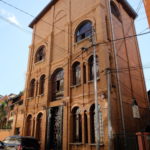
These surprised us with lovely buildings dating from the turn of the 19th and 20th centuries, as well as lovely churches and upscale shops and restaurants. Some sections like the newer commercial districts to the north offer new shopping malls, busy factories and warehouses, as well as international hotels.

The people we met were unfailingly gracious and delighted to say hello. Even the street musicians, vendors of produce at stalls, shop-owners and beggars had a smile and greeting to strangers like us.
And then there were the truly historical and cultural sights to be found mainly in two locations.
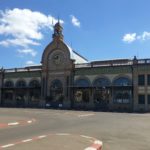
At the end of the grand boulevard of the Independence, flanked by rows of harmonious beige buildings and the pleasing architecture of the Hotel de Ville, is the grand railroad terminal building, which has been re-purposed into shops and galleries. The locals consider that this street has perils, with pickpockets and thieves, but on a holiday, we found it pretty lively and family friendly.
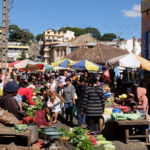
And the bustling daily market at the other end of the boulevard where it is tucked between two of the 12 hills and a pair of grand staircases still does good business, despite their rough plank stalls and often modest offerings. Everyone there seems to be cheerful; smiles abound from the sellers and the shopper alike.
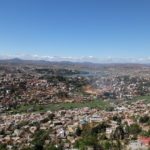
A steady, but short climb from atop our hill is the ridgeline of Andohalo, the seat of Madagascar royalty since the mid-19th century. The royals of that time turned variously hot and cold about European influence, but eventually embraced the British and French stylistically. They erected modern structures, such as the turreted stony block house of the Queen’s palace (from the first evil queen of that century) with a simple yet splendid brick church alongside.
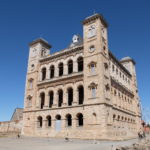
Or the fanciful and domed French chateau of the Prime Minister’s palace (husband of the later more beneficent queen). Plus a host of impressive golden brick buildings and imposing churches for several Christian faiths. The good queen even added an open air neo-Grecian pavilion as her hall of justice.

Andohalo’s an imposing location, with endless views over the plains, and many staircases flowing down to them from various points along the ridge. But the troubles of Tana are evident here as well. The turmoil since 1975 reached here too as fire gutted the Queen’s Palace and other Andahalo buildings; time and disrepair affected others. Reconstruction efforts came and went, mostly faltering.
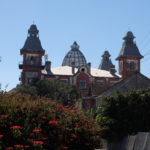
Yet, walking the streets along Andahalo ridge, we passed the vibrant, laughing faces of thousands of students. They were bustling in and out of the numerous schools on Andahalo, as were their fellow students around the town, dressed in well-kept clothes or the long blue chemises of the religious schools. They are the future, we thought, of the city and the best hope for more of the improvements that are happening here, however slowly.
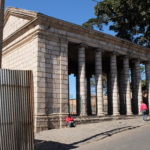
And the students are not alone. Walking the streets, we were less aware of that notorious vehicle traffic than of all the people streaming along the narrow sidewalks. All day, the city’s entire population seems to keep flowing briskly and purposefully to their destinations. And this is true even on our steep hill.
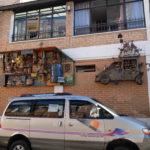
Here on the hill, for Sunday service at churches imitative of 19th century European styles, many walkers wore their pressed suits and white outfits. Beggars, from the very young to the old, asked for help of the parishioners, as they do everywhere the religious gather.
Meanwhile, young men and women ran past them all, taking on the challenge of the climb, just as the people of Tana are trying to rise from the dark political hole of its past to a better future.
(Also, for more pictures from Madagascar, CLICK HERE to view the slideshow at the end of the itinerary page.)


